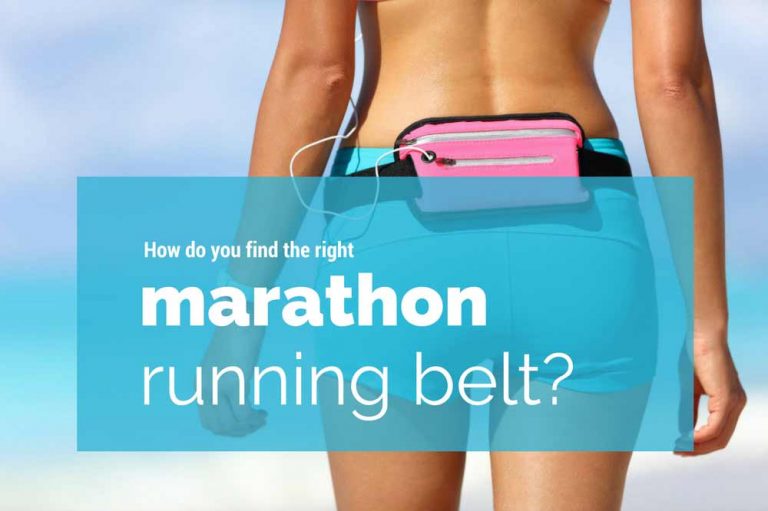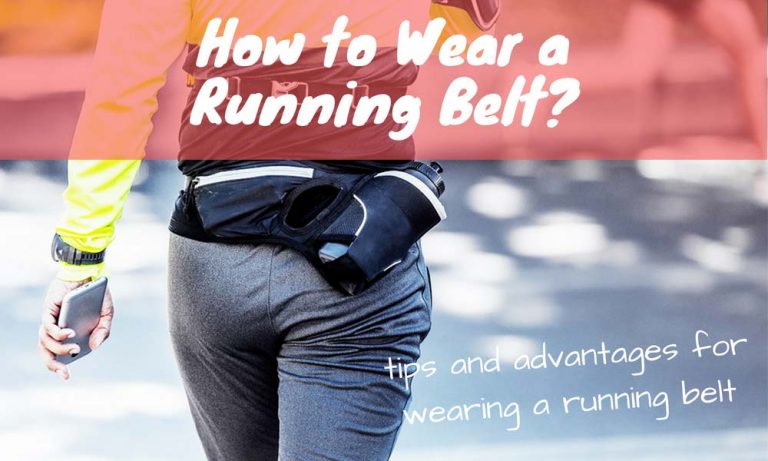Running Belt vs Backpack: Which Should You Choose for Your Next Runs?
When you plan on going for a run, you think of the things that you need to bring with you and where to put them. This is where the thought of a running belt vs backpack comes in. So which should you choose?
It is rather obvious that both of them offer advantages and disadvantages, but there are other factors to consider before you can make the perfect choice for you.
Some things to think about are the distance, the location, the weather, and the number of days you will be out.
Running Belt vs Backpack: Things to Consider
1) Running Belt
A running waist pack will be a good choice if you do not plan on carrying a lot of stuff. It will be comfortable to wear compared to a backpack, and you can quickly take it off when needed.
No products found.It will weigh less and will not add pressure to your shoulders, back, and neck.
It can also be a good choice when the weather is warmer since it will only cover your waist and not make you feel hotter.
Running Belt
- Can be easily taken off or put on
- Weighs less than running backpacks
- Fits necessities such as phone, keys, cards, cash, and even a small bottle of water
- Easily accessible pockets
It is also convenient to get your items from your fanny pack since it is within your reach.
You can effortlessly grab your sunglasses, your food, or your fluid without needing to stop or slow down.
A running belt can fit your basic items and keep your run lightweight
Some running belts allow you to carry a small water bottle along with a phone, keys, and credit cards.

There are also specific hydration belts that are designed to carry two water bottles.
No products found.2) Running Backpack
If you are on a long haul, a running backpack will be your best choice since it is the biggest kind of pack that you can bring while running.

It usually comes with adjustable straps to fit your shoulders well and keep them stable and secure on your waist.
The straps also allow the weight to be distributed evenly in order to prevent back or shoulder injuries.
Since it is larger, you will be able to bring more items like food, water, gels, extra clothes and shoes, rain gear, and other stuff that you carry when going for a run.
Running Backpack
- Has space for spare clothes, shoes, socks, water tumbler, and other necessities
- Added warmth during the winter months
- Weight is evenly distributed between the shoulders
- Does not hinder freedom of movement
This is the best choice when you want to be out longer and go somewhere far because you can bring essential items and also enjoy your run.
They also come in different sizes, so you have the option to choose lightweight backpacks if you do not plan on bringing many items.
Compared to a running belt that is conveniently located just around the waist, a running backpack cannot easily be accessed.
Also, it is harder to put on and take off because it needs to be firmly fitted on the shoulders and back to minimize or even eliminate bouncing.
Factors to Consider
Running Belt vs. Running Backpack
- If you intend to go on a long run, it is advisable to use a backpack as it provides more space to carry your essentials.
- Additionally, a backpack can also provide added warmth for when you are planning on going for a run during the winter months.
- If, however, you are only set out to run for an hour, a running belt will do.
- A waist pouch is also designed to provide you with the means to carry your necessities, but of course, a backpack has more space.
1) Where Are You Going?
If you will run in the city, at the park, or somewhere near your area, a waist pack will do. You will certainly not bring a lot of stuff, so your essentials should already fit in your running belt.
However, if you plan on going out of town to run on trails and mountains, you will surely need a backpack. You will need more space for your extra clothes, food, drinks, sunglasses, first-aid kits, and other running essentials.
2) How Long Will You Be Gone?
Will you be running for under an hour? Typically, you don’t need water when you run for an hour or less (depending on the weather, of course).
If you run for more than an hour, it is recommended to drink water at regular intervals.
A running hydration belt with two 10oz water bottles might be enough even for longer runs if you don’t need to carry too much other stuff than your phone and keys.
But if you will be out for a longer time and need to carry spare clothes etc, then go with a backpack and just consider the size that you actually need.
3) How Is the Weather?
A backpack can be counted as another layer of clothing, so this can be a good choice when it is cold so you can have an added layer to keep your back warm.
On the other hand, you may prefer using a running belt in hot weather so you will feel more comfortable and lighter.
4) What Do You Need to Bring?
You also have to think about what items you really need to bring because you do not want to end up having too much when you do not need all of it.
If you will be out for just a quick run around your area, it is better to keep your items limited as much as possible.
These may include your phone with earphones, money, water, and keys. A running belt can already fit these items and keep your run lightweight.
Frequently Asked Questions FAQs
Is It Ok To Run With A Heavy Backpack?
Running with a heavy backpack isn’t dangerous per se, but it can cause problems. Running with a heavy load puts stress on your shoulders, neck, and spine.
Your body needs to adjust to carrying something extra, and it takes time to adapt.
So, if you’re planning on running with a backpack, make sure you’re comfortable with the weight you carry. Also, try to avoid having anything heavy on top of your pack.
How Do I Stop My Backpack From Bouncing When I Run?
A bouncing backpack is annoying, uncomfortable, and distracting. The best way to avoid bounce is to look for a pack with enough straps. It should have a padded hip belt, adjustable shoulder straps, and a chest strap.
You should also pack your stuff so that they don’t move. It will help if there are different compartments for storing items and/or straps with which you can tighten things in place.
In addition, a backpack that can almost stand still on its own with a hard shell prevents bounce.
How Hard Is It to Run With a Backpack?
Running with a backpack is definitely harder than running without one. Running with an extra weight requires extra energy, especially if you carry a water bladder or water bottles.
A running backpack (like CamelBak Octane XCT with 70oz of water) with a full bladder and other gear can weigh around 5 lbs (2.2 kg).
The weight pulls down on your shoulders and slows you down. And as the pack covers your back, it might cause overheating.
Summary
Your needs and preferences are what will make you choose between a running belt and backpack as your go-to running pack.
For runners who prefer to bring a lot of items during their runs, a running backpack is what you need. However, the drawback of this design is that you cannot access its pockets while running.
Many runners prefer to use a running belt. Because it’s located at the waist, getting access to its pockets is not a challenge.





